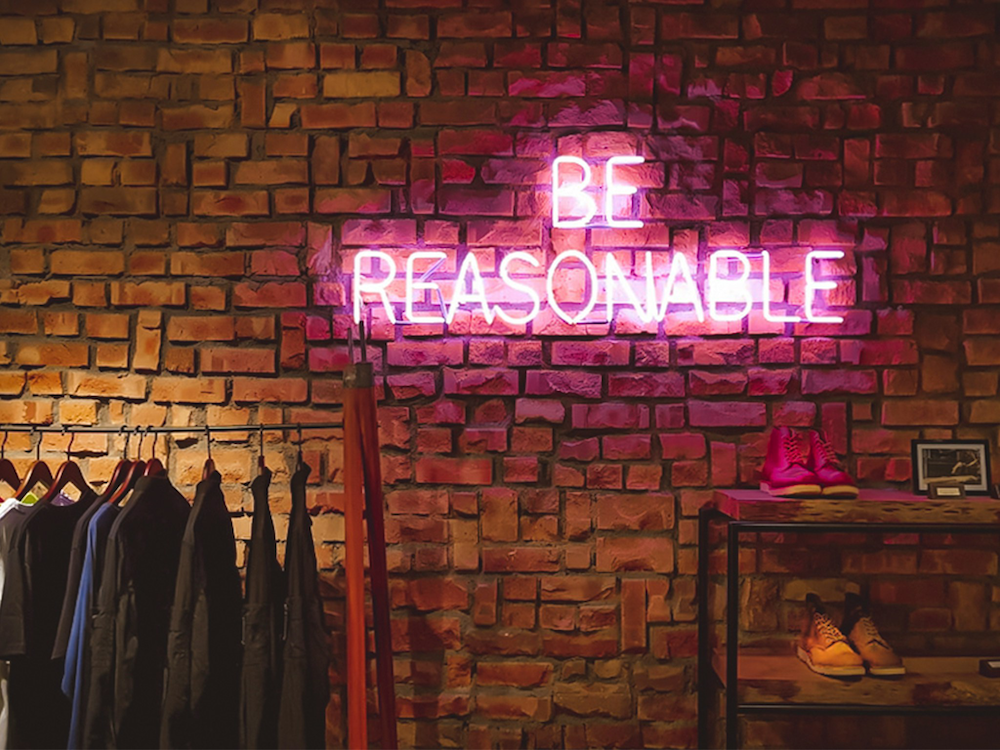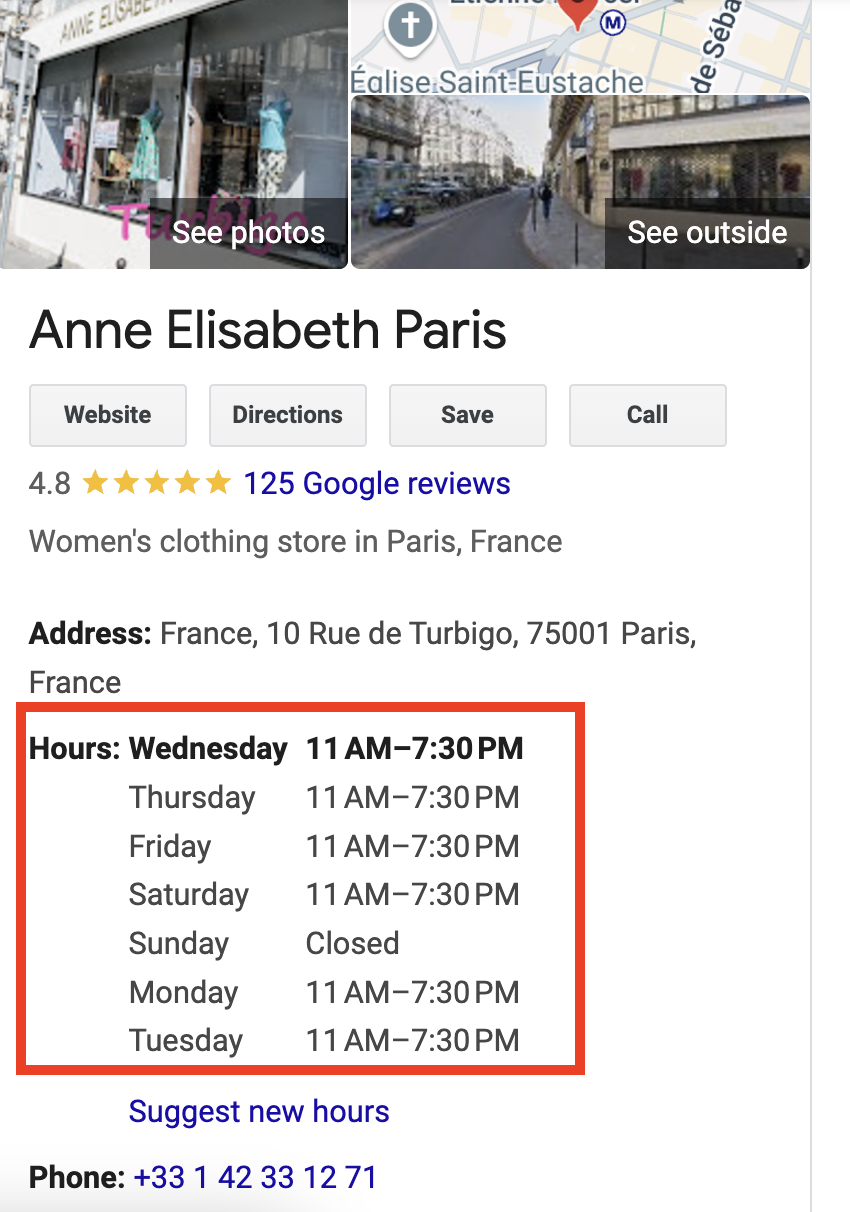
Business Kick-Starter Guides
Easy 6-Step Guide: How to Start a Clothing Pop-Up Shop?
Pop-up stores are becoming really popular in the fashion retail industry. Both big brands and small businesses are joining in...
9 Steps To Set The Best Retail Store Hours
Business Kick-Starter Guides

Setting the right store hours for your retail business is like putting together a puzzle.
You need to match your customers’ shopping habits with what your business can handle, while also keeping your team content.
That isn’t easy! But here’s the thing: getting it right can greatly affect your sales, customer loyalty, and even how people see your store.
This guide will walk you through all you need to know about creating the perfect retail store hours. Whether you’re new to this or reconsidering your current schedule, these 10 steps will help you set hours that work best for both efficiency and customer satisfaction.
Check out: 30 important retail statistics for 2025
Retail store hours indicate the specific times when a retail business is open to the public for shopping.
These hours usually consist of defined opening and closing times each day, which may change depending on the day of the week, the season, or special events.
For instance, a store might operate from 9:00 am to 7:00 pm on weekdays, with different hours for weekends or holidays.
Retail store hours are established to inform customers about when they can visit, and they assist businesses in managing staffing, inventory, and overall operational efficiency.
Check out: Best types of retail stores
The best hours for a retail store can vary based on several factors, such as the type of business, customer demographics, and location.
Generally, peak hours for retail tend to be in the late morning and early afternoon, usually between 4 pm and 6 pm. These times attract after-work customers which helps increase foot traffic.
Stores that serve busy professionals or families might find it beneficial to open earlier, while those located in entertainment districts or malls may experience more visitors in the evening, particularly on weekends.
Additionally, it’s crucial to take into account local trends, holidays, and online shopping behaviors, as these can influence when customers are most likely to shop.
Retailers often modify their hours based on these insights to enhance sales and improve customer satisfaction.
In retail, every hour counts when it comes to return on investment (ROI).
The way to increase your profits is by being open during the times when you can earn the most and closing when the expenses start to exceed the income.
However, finding the right balance isn’t simple, there’s no exact method to know the best hours for sales. What works for one store may not work for another, and even in the same place, things can change over time.
That’s why deciding the right hours for your retail store needs some planning, trying different approaches, and careful observation.
In this guide, we’ll help you figure out your perfect store hours, when to stay open, and when to close for the day.
Your customers are key to your success. Understanding when they shop is important for setting the right business hours.
Start by asking yourself:
For example: If you sell luxury brand items, customers might shop on weekends or late evenings after work. On the other hand, a store selling everyday items might need to open early to serve busy customers.
To better understand your customers:
The more you know about your customers, the easier it is to set hours that benefit both them and your business.
This part is about understanding the numbers. Data tells the truth, and knowing when your store has the most visitors can help you make better choices.
Example: Let’s say your store gets busy from 9 am to 11 am and again around 5 pm. You can use this information to schedule staff accordingly and even plan special deals during those times to increase sales.
Retail naturally has times when sales go up and down, mostly because of the holiday season, school breaks, and special events.
These changes can be good or bad for business, and every store needs to handle them well. Knowing when your store is busy and changing your hours to match can help you sell more and run your business better.
How to adapt:
Example: A store that sells Christmas-themed clothes might stay open later in the days before the holiday, closing at 6 pm to help last-minute shoppers. But after the holiday season, they might close earlier in January, at 5 pm instead of 8 pm, to reduce staff costs.
By changing hours to meet customer needs, your store can stay successful and avoid extra costs.
Technology has changed how retail stores handle their daily tasks, including setting and changing their opening hours. Instead of guessing, store owners can use advanced tools that monitor sales, understand customer habits, and manage staff schedules.
These tools make the process simpler and help businesses run smoothly, matching what customers need.
Must-have tools:

Knowing when your competitors are open can give you an advantage. If most stores in your area close at 8 pm, staying open until 9 pm can bring in customers who shop late.
If you’re in a busy area, matching their hours might be good. But if you’re in a smaller market, opening or closing a bit earlier or later could help you attract more customers.
Tip: Don’t just follow your competitors’ hours blindly. Look at their hours, but also consider what makes your business special.
Being reliable helps people trust you. Customers should know when you’re open without any doubts. Frequent changes in your hours can make them unsure and damage your reputation.
Ideas for keeping consistent:

Your team is the backbone of your retail business, and how you plan their work hours can affect your store’s success. Overworking employees or failing to create a fair, balanced schedule can lead to burnout, lower morale, and a drop in retail customer service quality.
On the other hand, a well-thought-out schedule keeps your team motivated, ensures peak performance, and can even help reduce turnover rates.
Things to keep in mind:
Surprises can occur, like bad weather, staff not showing up, or local power outages. Having a plan helps your business keep going smoothly.
What to do:
Check out: Best retail store security measures
Not all retail businesses have the same store hours, so it’s important to try different times to see what works best for your customers.
How to test:
By using this kind of information to make decisions, you can adjust your store hours to work better and make customers happier.
Your store hours may seem like a minor detail, but they greatly affect your business. By matching your hours with customer routines, improving your operations, and being flexible, you can create a schedule that benefits everyone.
Use these tips and notice how much better your business operates. Find your ideal hours, stick to them, and watch your store succeed!
What is dropshipping?